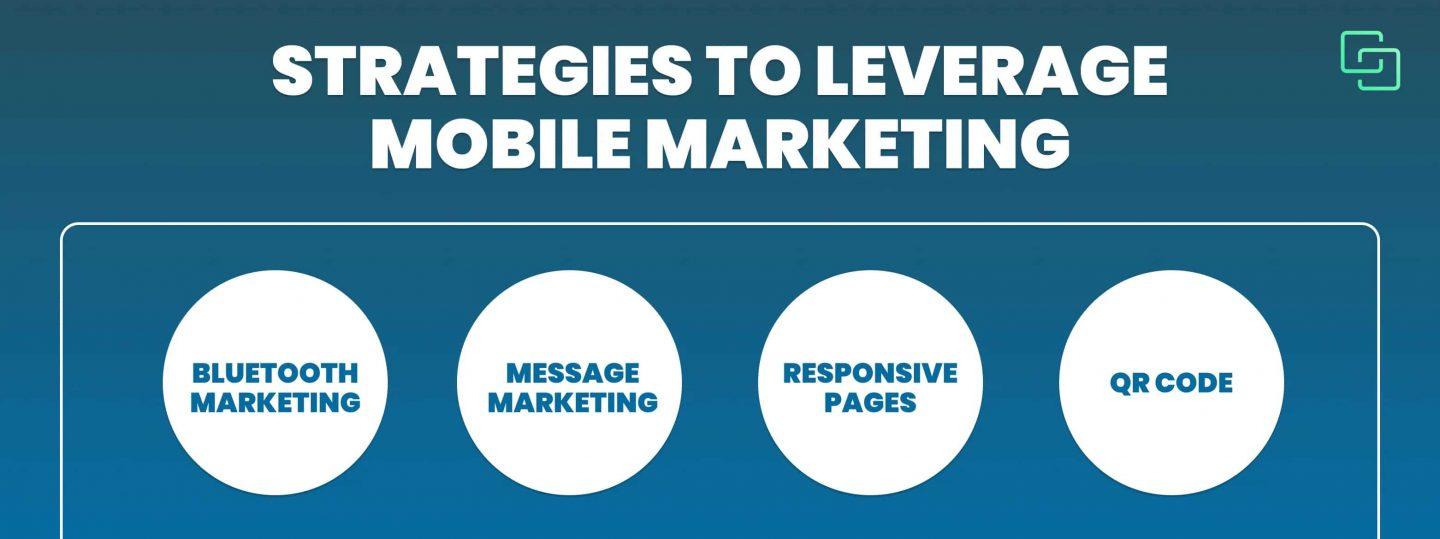In today’s digital landscape, simply driving traffic to your website isn’t enough. You need to turn those visitors into paying customers. That’s where conversion rate optimization (CRO) comes into play.
CRO is the art and science of improving your website and marketing efforts to encourage more visitors to take a specific, desired action. This could be anything from making a purchase to signing up for a newsletter or downloading an ebook.
A higher conversion rate means more revenue for your business without having to constantly increase your marketing spend. Sounds good, right?
This comprehensive guide will provide a step-by-step approach to help you master CRO and maximize your website’s potential.
Understanding Your Audience: The Foundation of CRO
Before you can start optimizing your website for conversions, you need a deep understanding of your target audience. Who are they? What are their needs, pain points, and motivations? What are their online behaviors and preferences?
The more you know about your audience, the better equipped you’ll be to create a website experience that resonates with them and guides them towards conversion. Here’s how to gather valuable audience insights:
- Analyze Website Data: Tools like Google Analytics provide a wealth of information about your website visitors, such as their demographics, interests, location, devices used, and behavior on your site.
- Conduct User Surveys: Use online surveys or pop-ups on your website to ask your visitors about their experience, preferences, and any challenges they face.
- Leverage Heatmaps and Session Recordings: Heatmaps visually represent where users click and scroll on your website, while session recordings allow you to watch actual user sessions. This helps identify usability issues and areas of friction that might be hindering conversions.
- Customer Interviews: While potentially more time-consuming, in-depth interviews with existing customers can provide invaluable qualitative data about their decision-making process, what influenced their purchase, and any objections they had to overcome.
Analyzing website heatmaps provides valuable insights into user behavior, helping you identify and address potential obstacles in the conversion funnel.
By combining both quantitative data (from analytics) and qualitative data (from surveys and interviews), you’ll gain a holistic understanding of your audience.
Identifying Conversion Roadblocks: Where Are You Losing Customers?
Once you have a firm grasp of your target audience, it’s time to identify the specific areas on your website that might be hindering conversions. Here are key areas to scrutinize:
1. Confusing or Unclear Messaging: Your website’s messaging should be crystal clear about what you offer, how it benefits your audience, and why they should choose you over the competition. Confusing headlines, jargon-filled language, or a poorly defined value proposition can quickly turn visitors away.
2. Poor Website Navigation and User Experience (UX): A cluttered layout, confusing navigation, slow loading times, and a lack of mobile responsiveness can all lead to a frustrating user experience.
3. Weak Call-to-Actions (CTAs): Your CTAs should be clear, compelling, and visually prominent. They need to tell visitors exactly what action to take next, whether it’s “Add to Cart,” “Learn More,” or “Get Your Free Quote.”
4. Lack of Trust and Credibility: Building trust is crucial, especially for e-commerce websites. Displaying trust badges (like SSL certificates), customer testimonials, and guarantees can go a long way in reassuring potential customers.
5. Complicated Checkout Process: If your checkout process is long, complicated, or requires too much information, you risk losing customers at the final hurdle.
Testing and Optimization: The Iterative Process of CRO
CRO is not a one-time fix; it’s an ongoing process of testing, analyzing, and refining. Here’s a framework for conducting effective CRO tests:
1. Formulate Hypotheses: Based on your audience research and roadblock analysis, develop specific hypotheses about what changes you can make to improve conversions.
2. Choose the Right Testing Method: A/B testing is one of the most popular CRO methods, where you compare two versions of a web page with one element changed (e.g., a different headline or CTA button).
3. Set Up Your Tests Carefully: Ensure that your tests are statistically significant and that you’re tracking the right metrics.
4. Analyze the Results and Draw Conclusions: Once your tests have run their course, analyze the data to determine which variation performed better and why.
5. Implement the Winning Changes: Make the winning variation part of your website and move on to testing other elements.
CRO Tools and Resources: Your Arsenal for Success
There are numerous tools available to streamline your CRO efforts:
- Analytics Platforms (Google Analytics, Adobe Analytics): For tracking website traffic and user behavior.
- Heatmapping and Session Recording Tools (Hotjar, Crazy Egg): To visualize user behavior and identify usability issues.
- A/B Testing Tools (Optimizely, VWO): For setting up and running A/B tests.
- User Feedback Tools (Qualaroo, SurveyMonkey): For gathering direct feedback from your website visitors.
Conclusion: CRO is an Ongoing Journey
Remember, conversion rate optimization is not a one-size-fits-all endeavor. It requires a combination of data analysis, creativity, and a deep understanding of your target audience.
By continuously testing, iterating, and refining your website and marketing efforts, you can achieve significant improvements in your conversion rates and ultimately drive more revenue for your business.


